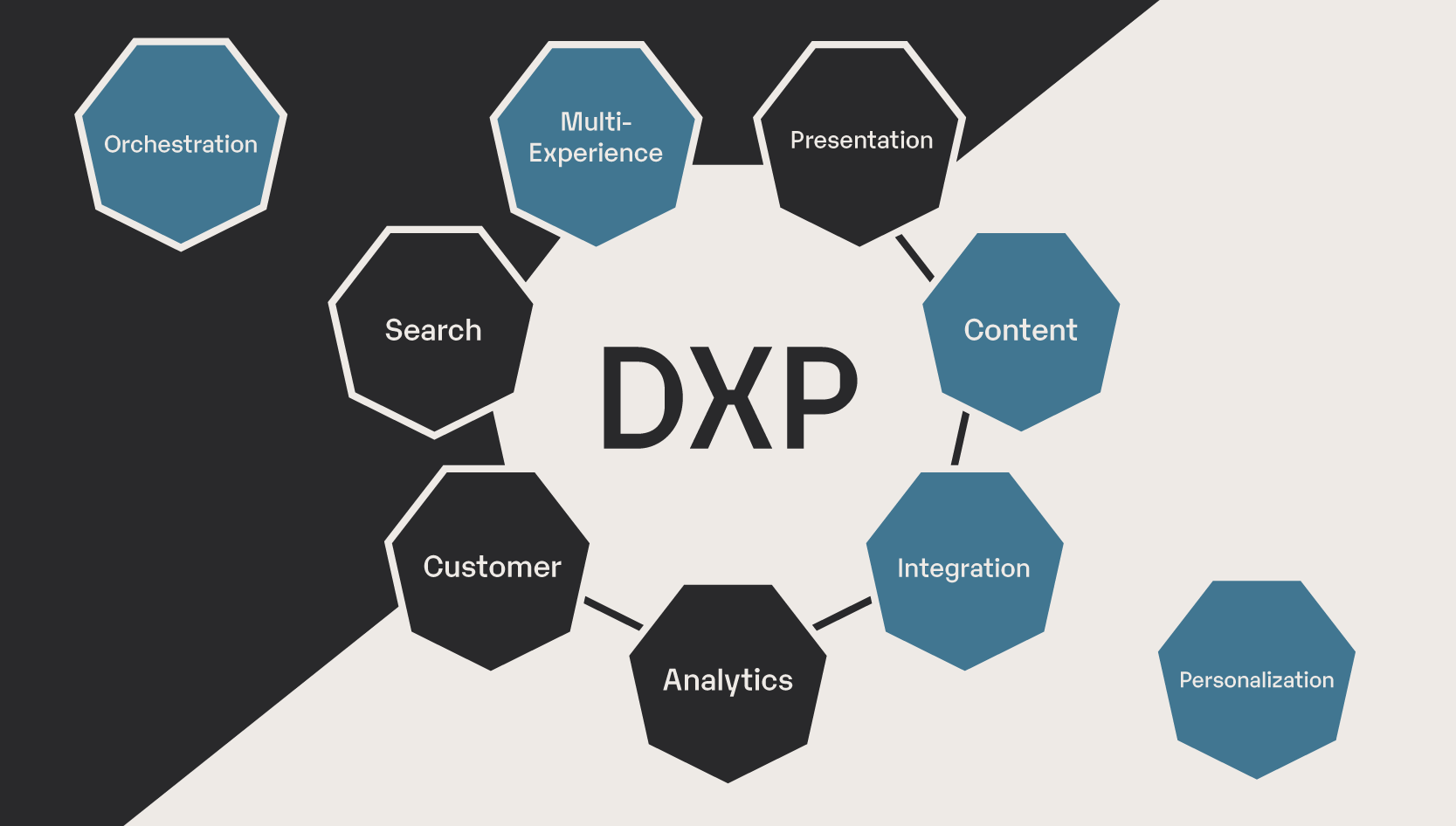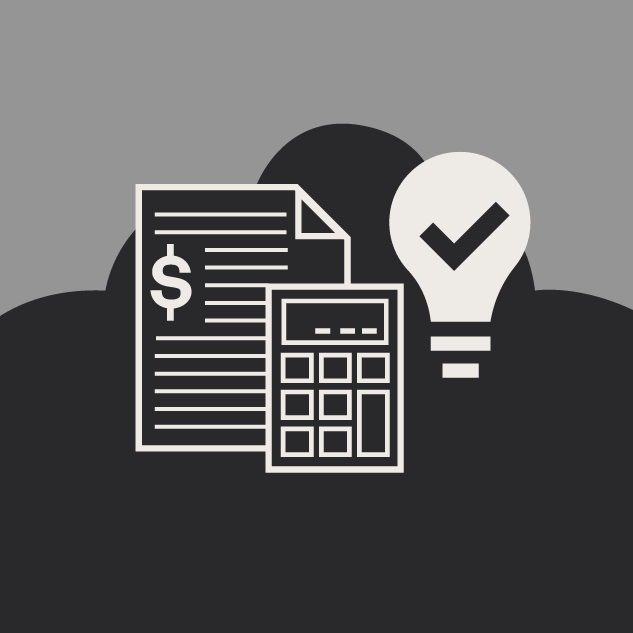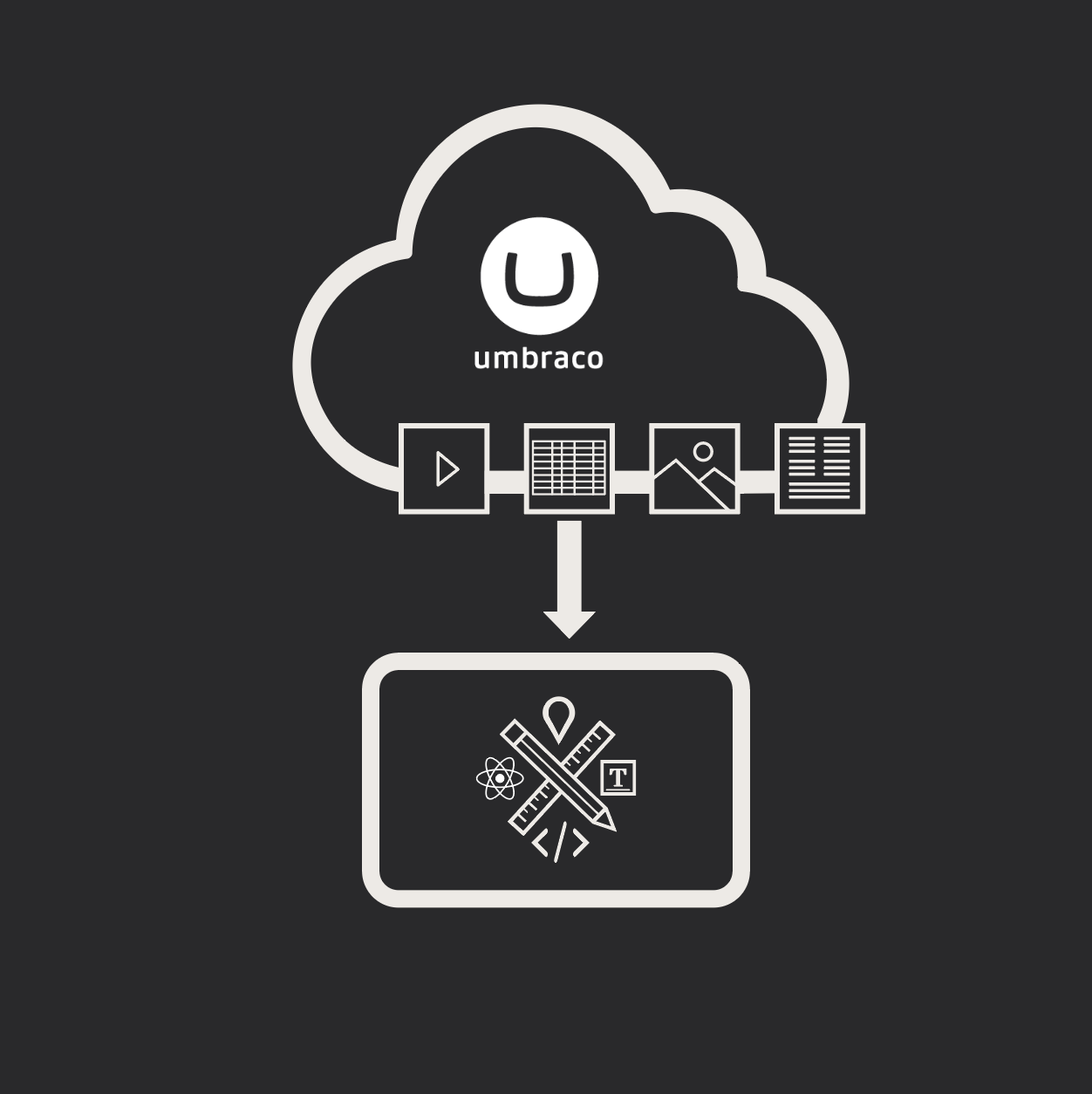Composable vs Monolithic DXP, and Headless CMS Explained
Chris Osterhout SVP of Strategy#CMS, #Digital Strategy

Choosing the best Digital Experience Platform requires an understanding of your unique needs and goals.
Despite everyone's best intentions, the business and digital landscapes are becoming more complicated. Paired with the pace of technical evolution, many organizations are facing the need to upgrade, enhance, or even migrate their website platforms in the next 12-18 months. As technical and marketing teams embark on that journey, there is a high probability that they will run across opaque terms like DXP, Composable, Monolithic, and/or Headless. With the complexity of these technical solutions, how do you know what matters and which approach is right for your business? Let’s explore that.
What is a Digital Experience Platform (DXP)?
A Digital Experience Platform (DXP) is a software platform that enables organizations to deliver personalized, seamless, and consistent experiences to their customers across different touchpoints and devices. These touchpoints include but aren’t limited to websites, mobile apps, social media, email, chatbots, and more. By centralizing and integrating various digital technologies and data sources, a DXP can help organizations improve customer engagement, increase conversions, drive revenue growth, and enhance brand loyalty.
What is a composable DXP?
This is one of the biggest buzzwords across various platforms today. It is often used to indicate “maximum” flexibility and lower upfront costs. It is almost always compared to the term “monolithic,” which refers to a more boxed-in solution. Unfortunately, that comparison is not so simple. At its core, a composable DXP (Digital Experience Platform) is an approach to building a DXP that emphasizes modular architecture and the ability to compose a digital experience from various pre-built components. By comparison, a monolithic DXP is often characterized as a platform that provides a suite of tools and functionality for managing content, delivering digital experiences, and engaging with customers, all within a single, integrated DXP. So, what does that really mean?
That's where things get complicated. Almost all DXP platforms today offer some level of composability, e.g., they offer a series of APIs for content integration, ingestion, and delivery. This allows the platform to seamlessly integrate with external tools and systems in a scalable and modular way. Furthermore, some platforms, like Optimizely, which has historically been considered monolithic, are extremely composable. The big difference is that many of the add-on items are also owned by Optimizely rather than a third party. This most certainly helps with integration and support from a single technology vendor as these add-on products are utilized in your digital solutions.
Other platforms like Umbraco, which bills itself as a composable DXP, require third-party vendors to fulfill its more robust DXP capabilities, such as personalization. This, of course, translates to a much lower initial software investment but may later lead to a variety of software vendors to manage as you scale your digital properties. This isn’t necessarily a negative but should be considered when evaluating the right long-term solution for your business. Lower upfront costs rarely translate to a lower Total Cost of Ownership (TCO).
What is a headless CMS?
There is often a lot of confusion between headless CMS (Content Management System) platforms and composable DXPs. Notice the key difference, CMS vs DXP. A headless CMS is a content management system that provides an API for managing and delivering content, but it typically does not provide the full range of tools and functionality required to create and deliver a complete digital experience. Instead, a headless CMS is designed to work with other systems and tools, such as a front-end framework, to create a custom digital experience. In contrast, a composable DXP is designed to provide a range of pre-built components and tools that can be selected and combined to create a complete digital experience. While a composable DXP may include a headless CMS as one of its components, it typically offers a more comprehensive set of tools and functionality for creating and delivering digital experiences.
Is a composable DXP the right choice for my business?
Choosing between a composable DXP and a monolithic DXP depends on several factors that are unique to your business needs and goals. Here are some criteria that can help you determine which approach is better suited for your organization, keeping in mind that most DXP platforms labeled as “monolithic” are, in fact, extremely composable.
- Advanced Capabilities: Is your organization ready to utilize some of the advanced capabilities of a more traditional DXP out of the gate? Things like personalization, contextualization, AI-based search, etc.? If so, a DXP like Optimizely may be the right choice for you.
- Budget: Is your organization considering a low-cost to no-cost DXP platform? If there is an organizational upfront software budget constraint, it may make sense to look at a composable solution such as Umbraco, keeping in mind that the lower upfront costs may not yield a lower TCO.
- Open-Source vs Proprietary: If your organization has a sensitivity to utilizing open-source CMS platforms (from either a security or support perspective), it may make sense to look at a platform like Optimizely, which is proprietary at its core. Umbraco, on the other hand, is labeled as open source. This often means that bug fixes to the core software require involvement from community members. This can, in certain cases, create organizational risks. However, for many organizations these software risks do not necessitate organizational risks.
- Time-to-Market: Traditionally, “monolithic” platforms offered a quicker time-to-market for new website features. It really depends on the complexity of the business, its required features, and the number of integrations. With that being said, when it comes to 100% composable platforms, many organizations may find themselves in an “analysis paralysis” situation when requiring new features and/or integrations. The additional decisions of which software vendor to onboard for the features, how support will be managed, and whatever legal paperwork may be required often slow down the time-to-market for organizations utilizing 100% composable platforms.
What should we do first?
Regardless of whether your organization is considering a composable DXP, headless CMS vs hybrid, or monolithic DXP, there are several operational things you should do prior to jumping into your decision process.
- Determine the level of investment your organization is willing to make. Every organization knows what they are willing to invest, don’t fall into the RFP (request for proposal) trap. Below are a few resources that may help you better determine your ideal budget.
- Select a partner before you select the software. Find a partner that works in all the platforms you are considering and let them help guide you towards the best solution.
- Pro Tip: Salespeople are great, but values are better. When you are evaluating a potential partner, find their organization’s values on their website and make sure they align with those in your business.
Related Posts

Cloud CMS Migration: Costs, Benefits & Insights
Migrating to a cloud CMS platform represents a strategic (and necessary) investment in the future of digital content management. Here's what you need to know.

Let's Get Heartcore: Umbraco’s Headless CMS Might Be Just What You Need
Umbraco Heartcore is a headless CMS that delivers flexibility, seamless integrations, and cost savings. See why it’s the right choice for your digital future.
Results Matter.
We design creative digital solutions that grow your business, strengthen your brand and engage your audience. Our team blends creativity with insights, analytics and technology to deliver beauty, function, accessibility and most of all, ROI. Do you have a project you want to discuss?
Like what you read?
Subscribe to our blog "Diagram Views" for the latest trends in web design, inbound marketing and mobile strategy.
